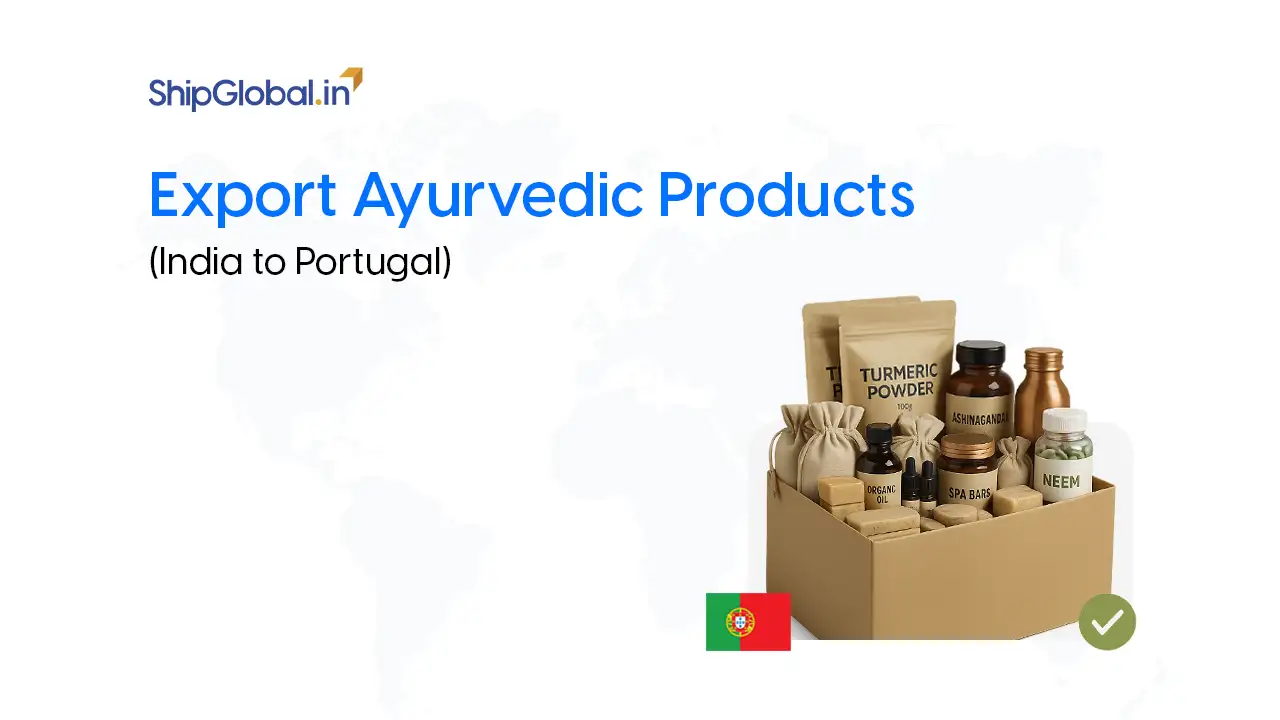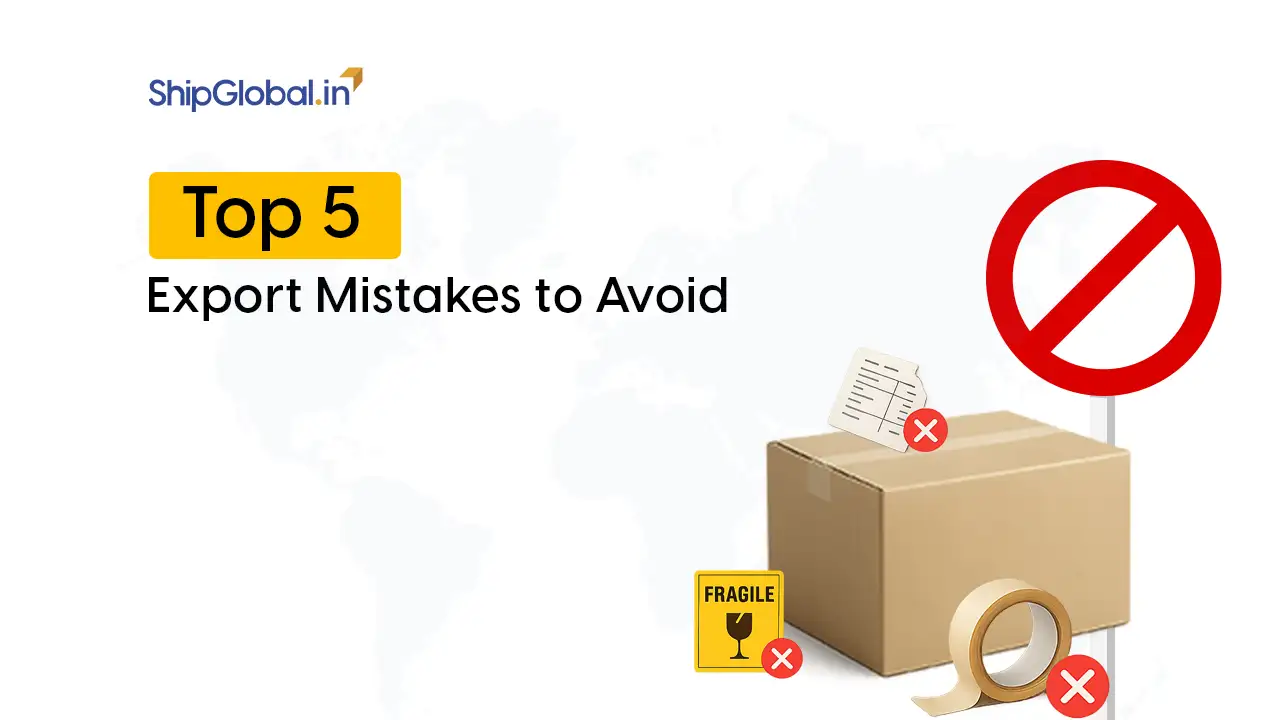For the longest time, Indian food has been seen as something you either order at a restaurant or spend hours cooking at home. The thought of preparing an authentic curry from scratch can feel overwhelming for many. And let’s be honest, frozen or instant meals have had a reputation for being bland and unhealthy when compared to home cooked food. But guess what? That’s changing fast! Today, Indian ready to eat food in US is redefining convenience without compromising on flavor or authenticity.
If you have recently walked through the international aisle of a grocery store in the USA, you might have noticed an explosion of Indian ready-to-eat (RTE) meals and instant mixes. From flavourful dal makhani to instant poha and dosa batter, the convenience of authentic Indian food is winning hearts across the American market.
Curious about what is driving this trend? Let’s dive into the blog to know what is making Indian ready-to-eat food a growing phenomenon in the USA.
Decoding the Growing Acceptance of Indian Ready to Eat Food and Instant Mixes in the USA
Indian instant mixes and Ready to Eat foods have taken the American market by storm, offering convenience without compromising on authenticity. Their demand has skyrocketed due to several key factors:
- Busy Lifestyles: Many people don’t have the time or skills to cook Indian food from scratch, but they crave its bold flavours.
- Health Consciousness: Indian cuisine is often rich in proteins, lentils, and spices with known health benefits, making it an attractive option.
- Cultural Influence: The growing Indian diaspora has made Indian cuisine more mainstream.
- Restaurant Alternatives: With restaurant dining being expensive, RTE Indian meals provide a budget-friendly way to enjoy traditional flavours at home.
- Authentic Taste: Thanks to advanced freezing techniques, Indian frozen meals maintain their rich, aromatic flavours.
- Diverse Options: From palak paneer to chana masala, there is something for every taste preference.
- Easy to Prepare: It takes a few minutes to prepare these mixes compared to the hour-long process of cooking authentic Indian dishes from scratch. Just pop it in the microwave, and you have a restaurant style meal ready in minutes.
- Long Shelf Life: Unlike fresh meals, frozen Indian dishes can be stored for months, making them a great pantry staple.
The Key Factor Driving the Demand for Indian Ready to Eat Meals
The number of Indians living in the US has been continuously increasing. According to government stats, the population has nearly tripled from 2000 to 2023.
People of Indian origin living in the US widely prefer Indian ready-to-eat food as a way to enjoy authentic flavors. Why? These food mixes can be prepared easily and serve as an affordable alternative to dining out.
Moreover, Indian ready-to-eat and instant mixes are also gaining popularity among natives since they can be prepared quickly without putting a lot of effort and still provide that authentic Indian taste.
Top Selling Indian Ready-to-Eat Meals in the USA
Several Indian ready-to-eat meals have gained a massive fan base in the USA. Here are some of the best-sellers:
- Paneer Tikka Masala: A vegetarian delight with rich tomato-based gravy.
- Dal Makhani: Slow-cooked lentils in buttery, spiced sauce.
- Chicken Curry: A favorite among meat lovers looking for a home-cooked feel.
- Vegetable Biryani: Fragrant rice cooked with spices and mixed vegetables.
- Chana Masala: A protein-packed dish of chickpeas in spicy tomato gravy.
Best Indian Spice Mixes Available in the USA
Spices are the heart of Indian cuisine, and several brands have made it easier for American consumers to cook authentic dishes at home. Some of the best Indian spice mixes include:
- MDH and Everest Masala Blends: Ready made mixes for curries, biryanis, and more.
- Shan Masala: Particularly popular for biryani and kebabs.
- Badshah Masala: Offering blends that replicate traditional Indian home cooking flavours.
- Homemade Masala Kits: Many small businesses are now offering organic, handcrafted masala blends for a more authentic experience.
Growth of Indian Food Brands in the American Market
The success of Indian ready to eat meal products and instant mixes are closely tied to the rise of Indian food brands in the USA. Companies like Haldiram’s, Gits, MTR, and Deep Foods have expanded their reach significantly. These brands have not only stocked their products in Indian grocery stores but have also secured placements in major supermarket chains like Whole Foods, Walmart, and Costco.
Further, the growing demand for breakfast mixes like poha, rice idli, dhokla, and many others has provided businesses with an opportunity to expand. South Indian breakfast items are popular among Indians and are slowly gaining acceptance among Americans due to their health benefits, authentic flavours, and easy-to-cook nature.
Additionally, online grocery platforms like Instacart, Amazon Fresh, and Weee! have made it easier for consumers to access a variety of Indian foods without leaving their homes.
How Brands Are Changing the Perception of Indian Ready-to-Eat food
Indian food is often associated with complex cooking or considered too spicy for everyday meals.
However, Brands like Just by Quicklly and others are shaking things up by making Indian cuisine more accessible and healthier. How are they doing it? They are bringing high-quality, ready-to-eat Indian meals straight to American homes without losing the authenticity that makes the cuisine so special.
What makes these meals stand out? They are packed with bold flavours, made with fresh ingredients, and designed for convenience. And they are not just for die-hard Indian food lovers —they are for anyone who enjoys good food. Whether you are craving a quick chana masala after work or want to impress your friends with a perfectly spiced biryani, these brands have you covered.
Even better, they cater to a variety of dietary needs vegan, halal, gluten-free, you name it. And these meals can be found in popular grocery chains such as Fresh Thyme, Woodmans, and Marianos. Now, whether you want to relive the street food vibes of Delhi or savor the rich flavours of a traditional Hyderabadi dish, you can do it all with minimal effort. Indian food is no longer just an occasional indulgence—it’s becoming a delicious, everyday staple in many American households.
Exporting Food Products from India to the USA
India is a major supplier of essential goods to the U.S., ranking among the top exporters of pharmaceuticals and biologics while also leading the world in spice exports. However, exporting to the U.S. comes with strict regulatory requirements set by the FDA. To ensure that food and medical products meet the necessary safety, quality, and efficacy standards, the FDA has established an office in India.
As demand for Indian products continues to rise in the U.S., more Indian businesses are exploring global expansion through e-commerce export programs. Platforms like Amazon Global Selling provide exporters with the opportunity to showcase their products on international marketplaces, allowing them to reach a broader customer base.
FDA Labeling Requirements for Food, Beverages and Supplements
If you are exporting food, drinks, or dietary supplements to the U.S., the FDA has specific labeling rules that you must follow. This includes listing key nutritional information like calories, daily values, serving sizes, and a complete nutrition chart. Plus, all labels must comply with the FDA’s product labeling guidelines to ensure transparency and consumer safety.
Documents Required for FDA Certification
Here are the documents typically required for FDA certification:
1. Essential Documents
| Essential Documents | Description |
| Bill of Lading (BOL) | A shipping document issued by a carrier to acknowledge receipt of goods. |
| Airway Bill (AWB) | A document that provides details about the shipment being transported by air. |
| Invoice | A document detailing the products and the costs involved in the shipment. |
| Purchase Order | A document from the buyer detailing the products and agreement for purchase. |
2. Commodity-Specific Documents
| Commodity-Specific Documents | Description |
| Packing List/Growers List | A detailed list of the products being shipped, including quantities and types. |
| Copies of Labeling | Copies of the product labels as per FDA guidelines. |
| Manufacturer Documentation | Proof of who is the actual manufacturer of the product. |
| Certificate of Analysis | A document showing the results of laboratory tests for quality and safety. |
| Intended Use Statement | A statement that clearly defines the product’s intended use or purpose. |
Why FDA Approval Matters
Getting FDA approval can be a game-changer for businesses looking to grow internationally. Here’s why:
| Benefit | Why It Matters |
| Access to Global Markets | FDA approval grants a Certificate of Foreign Government Approval, making it easier to enter international markets. |
| Boosts Brand Credibility | It assures customers that the product has met stringent safety and quality standards. |
| Increases Product Demand | Consumers trust FDA-approved products, leading to higher sales and market confidence. |
Future of Indian Ready-to-Eat Food in the USA
The future looks bright for Indian RTE meals and instant mixes in the USA. As more people discover the convenience and flavours of Indian cuisine, brands are likely to introduce even more variety, including vegan and organic options.
With the increasing acceptance of global cuisines and a rising focus on healthy eating, Indian food is well-positioned to become a permanent fixture in American households.
For Indian exporters looking to scale their business in the U.S., following FDA guidelines and leveraging e-commerce platforms can open up a world of opportunities.
Whether you are an Indian food lover or someone looking to explore new flavours, there has never been a better time to dive into the world of convenient, delicious Indian cuisine.
FAQs
You can find them in Indian grocery stores, major supermarkets like Walmart and Costco, and online platforms like Amazon Fresh and Weee!
Packaged foods often require full cooking, while instant or ready-to-eat mixes are pre-cooked or pre-prepared, needing minimal effort, just heating or adding water.
Brands like Gits, MTR, and Haldiram’s offer high-quality instant dosa, idli, and curry mixes.
Yes, many brands offer vegan-friendly options like dal tadka, chana masala, and vegetable biryani.
The combination of rich flavours, health benefits, and convenience has made Indian RTE foods a hit among diverse consumers in the USA. Moreover, the growing Indian diaspora in the US is a key force driving the demand for Indian RTE foods.
Labels must include nutritional details such as calories, serving sizes, daily values, and a complete nutrition chart, all in compliance with FDA guidelines.
To obtain FDA certification, essential documents include the Bill of Lading (BOL), Airway Bill (AWB), Invoice, and Purchase Order. Additionally, commodity-specific documents such as a Packing List, Copies of Labeling, Manufacturer Documentation, Certificate of Analysis, and Intended Use Statement are also necessary for FDA approval.
FDA approval opens global markets, boosts brand credibility, and increases product demand by assuring consumers of safety and quality.









